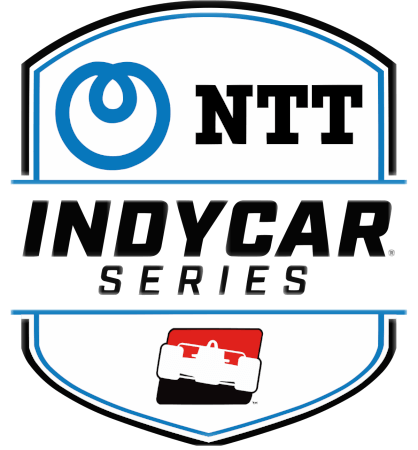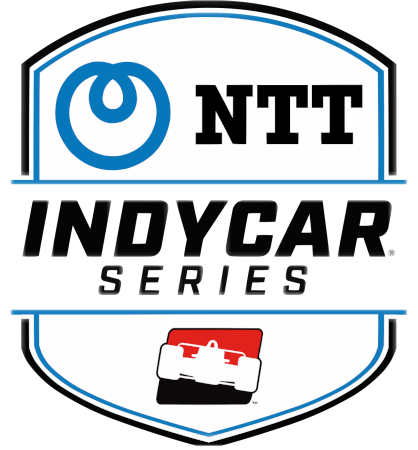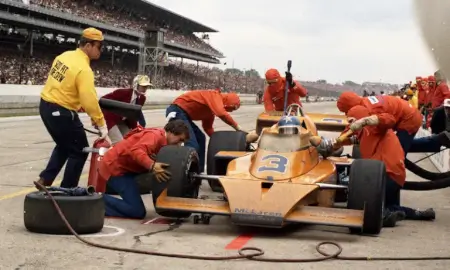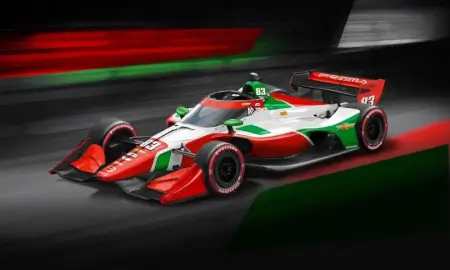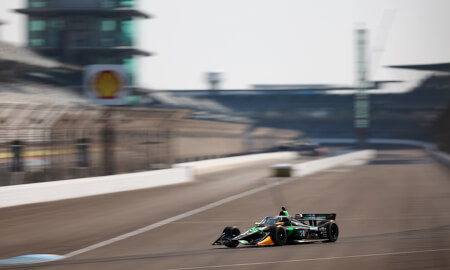January 23rd 2024
IndyCar trims down car weight for start of 2024 season
The exact weight loss figure won’t be known until every component in IndyCar’s new-for-2024 hybrid formula is completed, but speeds are expected to increase during the opening half of the season as the venerable Dallara DW12 chassis makes use of some new lightweight parts.
The range of components, which include a transition from heavier aluminum transmission casings and bellhousings to replacements made from magnesium, were commissioned by the NTT IndyCar Series to offset the new hybrid engine package, which adds a small but weighty energy recovery system that’s due to debut in competition at some point after the Indianapolis 500 in May.
Despite having the ERS units on hold for the opening months of the upcoming season, IndyCar has instructed its teams to outfit each car with the new lightweight parts for testing starting this week at the Homestead-Miami roval, the rest of pre-season testing, and for the first batch of races on the 17-round calendar.
For this week’s three-day run at Homestead, the 10 full-time teams are fielding one car apiece as the vendors producing the various 2024-spec items get caught up on manufacturing and delivery for all of the 27 cars that will be present at every race.
For this week’s three-day run at Homestead, the 10 full-time teams are fielding one car apiece as the vendors producing the various 2024-spec items get caught up on manufacturing and delivery for all of the 27 cars that will be present at every race.
Approximately 30 pounds have been pared from each DW12 with the magnesium drivetrain and chassis parts, and it’s here where speeds are expected to increase and lap times should be lowered at every circuit visited by IndyCar before the ERS units are formally introduced during summer. With the integration of the new lightweight second-generation aeroscreen in the coming months, another slight weight loss will aid the pursuit of qualifying lap records.
Anecdotally, the shedding of 10 pounds of weight from the chassis is said to offer a one-tenth improvement in lap time, depending on the track, so at some of the circuits IndyCar will visit, a few tenths could be pared from each tour.
“I think it’s going to be really interesting,” Andretti Global’s Marcus Ericsson told RACER. “The last few years we’ve been adding weight with the aeroscreen and stuff which make the cars incredibly safe, but when you do that, they aren’t as nimble. So we’re really hoping this will put it back to what it was before.
“You get quicker reactions from the car and it’s a bit better to drive in every way. As drivers, we always want the car to be as light as you can make it and as fast as possible, so this is a happy thing for us.”
For more information: www.racer.com
For more information: www.racer.com
